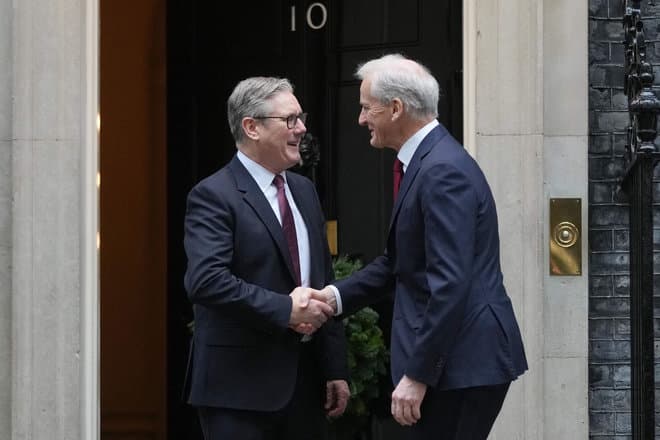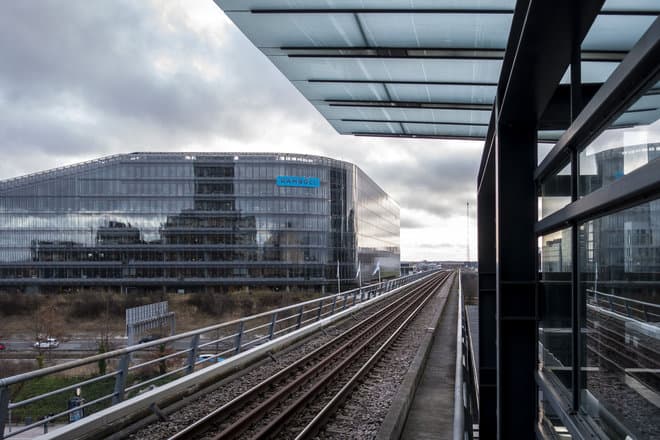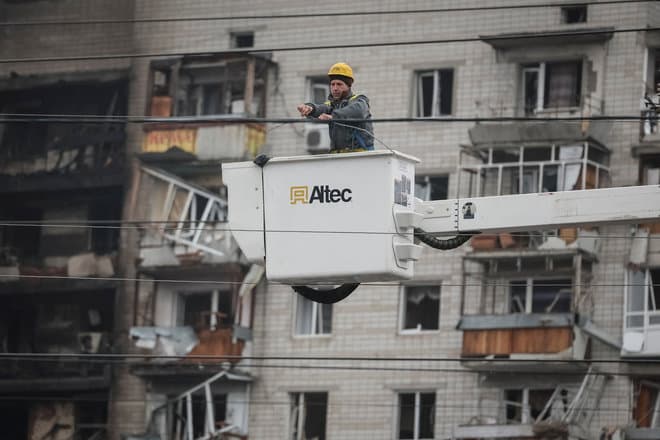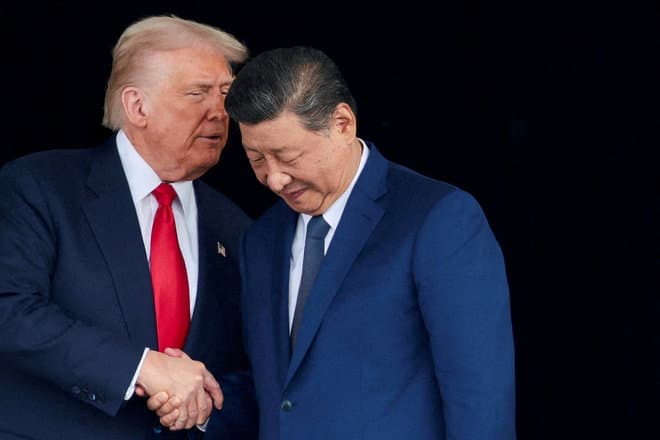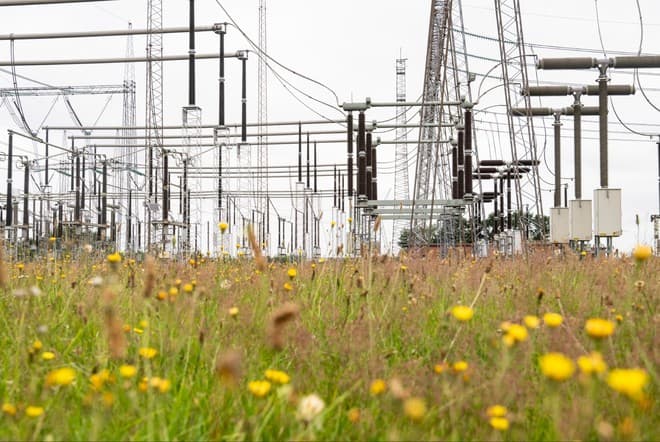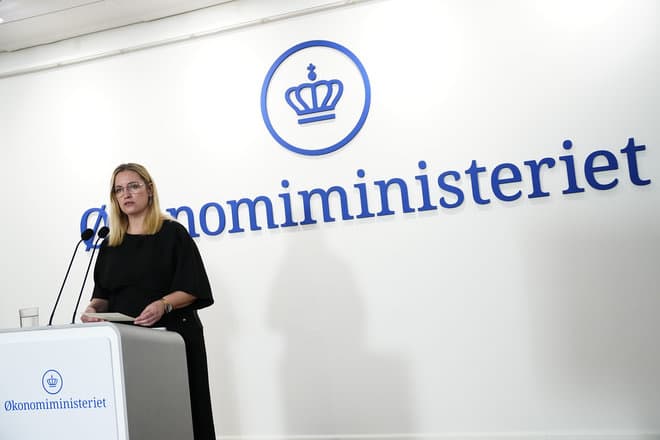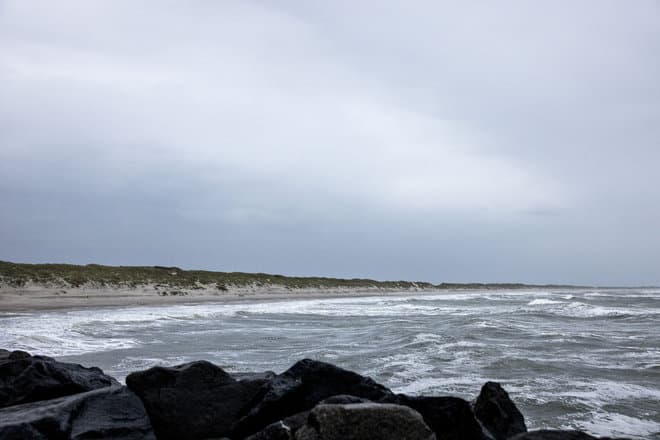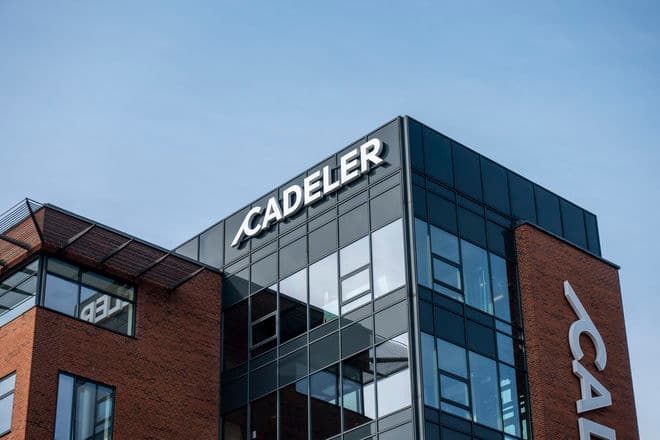
COPHENHAGEN: It has been 100 years since the first Copenhagen properties were connected to district heating.
The idea arose in 1925, when engineers came up with the idea of utilizing the surplus heat from the electricity production at the Gothersgade power plant.
Today, district heating in the capital has become one of the world's most comprehensive solutions, and almost all the city's households are connected to the system.
The Capital Region Supply Company (HOFOR) currently operates almost 3,000 kilometers of pipes under Copenhagen, supplying homes and businesses with heat. The system has evolved over time from coal and oil to biomass and increasingly electricity-based solutions. According to the company, district heating is currently around 85 percent CO2-neutral, and the goal is full climate neutrality during the 2030s.
- We can thank former politicians in the Municipality of Copenhagen for the fact that we now have a collective district heating system with almost everyone connected. It is their foresight and courage to invest that has helped ensure that almost everyone has joined the common heating solution, and that we have such a high level of security of supply, says Gorm Elikofer, Director of Energy at HOFOR.
Alternative energy sources
In the coming years, HOFOR will invest billions in large heat pumps, electric boilers and heat storage.
So far, four heat pumps have been established, but the ambition is to reach a capacity of 300 MW heat pumps and 550 MW electric boilers by 2035. The technology must ensure a more flexible and robust supply while reducing dependence on biomass.
However, a number of challenges must be solved:
Heat pumps require space in the city, connection to the electricity grid and properties that can handle lower supply temperatures.
This means that both building owners and energy companies will have to invest further in the coming years.
- Access to the electricity grid is necessary. We ourselves contribute to the green transition with wind and solar projects, and we also have ongoing discussions with Energinet, together with CTR and VEKS, about the need for electricity for heat pumps and electric boilers in the entire capital area, so we hope that it will succeed, explains the director.
ap
Text, graphics, images, sound, and other content on this website are protected under copyright law. DK Medier reserves all rights to the content, including the right to exploit the content for the purpose of text and data mining, cf. Section 11b of the Copyright Act and Article 4 of the DSM Directive.
Customers with IP agreements/major customer agreements may only share Danish Offshore Industry articles internally for the purpose of handling specific cases. Sharing in connection with specific cases refers to journaling, archiving, or similar uses.
Customers with a personal subscription/login may not share Danish Offshore Industry articles with individuals who do not themselves have a personal subscription to Danish Offshore Industry.
Any deviation from the above requires written consent from DK Medier.



